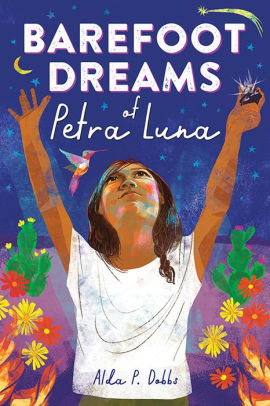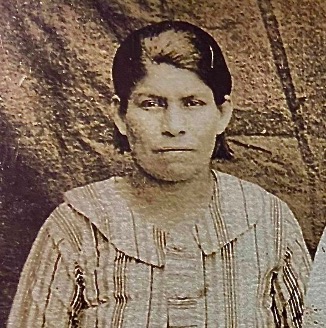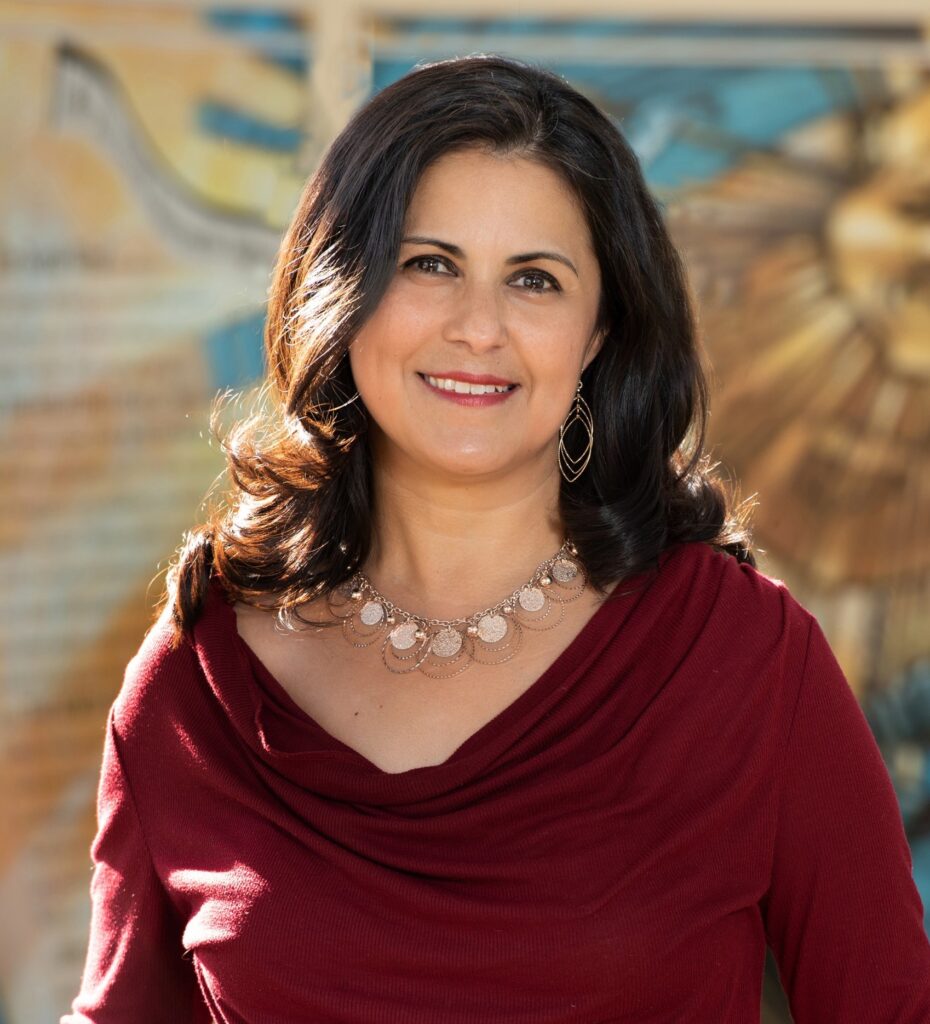The Strength in Family Stories, a guest post by Alda P. Dobbs

I didn’t have much as a kid – no roller skates, no video game console; no summer trips to Disneyland, or winter outings to the ski slopes. What I did have, though, was a collection of family stories that had been handed down from my mother and grandmother. They were stories rich with history, stories of survival, and stories that opened doors I’d never imagined. Hearing these stories in my youth and telling them became part of me, my identity, so much so that I considered becoming a writer. However, since English was my second language, I found that math and science came easier in school, and so I put away my dreams of being a writer and studied to become an engineer instead.
Thirty years later I decided to chase my dream of being a writer and to finally tell the stories that had fascinated me as a child. But when I sat down in front of my blank screen with fingers itching to type away, I couldn’t bring myself to press the first key. I had unanswered questions. Had the events of my old family stories truly happened? Had the truth behind one of my favorite tales, the one about my great-grandmother escaping the Mexican Revolution, been stretched to give her story an edge? At first, sensing the daunting research effort required to confirm the family tale, I wanted to dismiss the whole thing. I told myself that stories from a different time and culture would not appeal to a young American audience.
ADVERTISEMENT
ADVERTISEMENT
But this story spoke to me. It nagged me and begged to be told. Before typing the first word, I raised my sleeves and dug into every book I could find, and every story that had been passed down through the generations to me about the Mexican Revolution. I had to be certain my great-grandmother’s tale of survival was true.

The story took place during the bloodiest year of the Mexican Revolution – 1913. My great-grandmother was nine years old when the Federales attacked her village, forcing her, her father, two younger siblings, and two cousins to cross the scorching desert by foot all the way to the United States border. Once at the international bridge, their entry into the new country across the Rio Grande was denied, along with hundreds of other refugees. I recall listening to my great-grandmother’s story, mesmerized, especially by the part about when they learned the Federales were on their way to the border town to slaughter the refugees for not having joined their army. My grandmother would go on to tell me of the panic her mother had described when the rush of mounted Federales approached the border town’s small hills. Every man, woman, and child made a run for the bridge, only to find its gates shut. My great-grandmother would recall the fright in her father’s eyes as well as the feeling of being overjoyed when the American soldiers swung the gates open. She’d always describe the story so well, I felt as if I too had run across that same bridge. My grandmother would always remind us of the immense gratitude my great-grandmother felt toward the United States for having given her family refuge.
After months of reading over forty books on the Mexican Revolution and sorting through hundreds of old newspapers and photographs, I found an article that reported my great-grandmother’s story exactly as she’d told it. Except it wasn’t hundreds of people who’d tried to run across the bridge like she’d stated, it was thousands. Over six thousand, in fact. Everything else, the desperation, the pleading, and the rage of the Federales, was exactly as she’d recounted it.
Family stories like my great-grandmother’s, along with Mexican folk music, called polka-corridos, taught me to understand the various roles women played in the revolution, bringing me closer to my roots and shaping the way I saw myself and the women in my family. The Mexican Revolution was a fight for land and freedom, but the women in it also fought for their rights. Back then, women and children lived in a society wrought by racism, classism, sexism, and violence. But with the revolution came changes in how women saw themselves and their purpose in the war. There were soldaderas, women who followed their soldier husbands or family members into battle, making sure they were fed and cared for. There were soldadas, women warriors, who picked up arms and joined the federal government or fought as a rebel, with some rebel women attaining ranks as high as general. Many women, however, were like Petra and her family – either too old or too young to fight in the revolution. Their strife was different. They faced persecution, forced conscription, famine, and the destructive effects of traveling in desert. Their goal was survival and the peace offered north of the Rio Grande River. Unfortunately, many young women in Latin America continue to have childhoods like Petra’s. They face violent drug wars, poverty, and illiteracy, while gender and socioeconomic barriers continue to exclude them from many opportunities.
Although my grandmother and great-grandmother are no longer living, writing and publishing my book, Barefoot Dreams of Petra Luna, has brought me closer to them than ever before. I believe it’s because I’ve retold their stories. I’ve collected fragments of their histories and assembled them, making me feel whole and better understanding myself. I now understand how these horrific events shaped my culture and my views and changed the landscape of two nations forever.
Family stories carry rhythms filled with echoes from the past. I’ve learned that these rhythms are better appreciated when they come from family stories rather than history books. When we listen to a family story, its personal connections make us more sensitive and attuned to its rhythms. This helps us develop empathy towards other cultures, other histories, and even our own past. It leads us to know and understand ourselves better in the present. By strengthening our connection with our ancestors, we make way for our humanity to flourish and touch others in our present and in our future.
ADVERTISEMENT
ADVERTISEMENT
There’s nothing like a family story to shed light on the perils and trials of our ancestors. My own history, like many others’, is not taught in school nor in books, and it’s our duty to reach into the past and bring out its wisdom and strength and pass it on to the next generation. There’s much to be learned from the adversities and afflictions our ancestors endured and overcame. This knowledge empowers us when we realize we too carry the same bravery, strength, and resilience to face current challenges and misfortunes. It is our responsibility to teach our children that the light of our ancestors shines within us all, and if we pay attention, it’ll guide us to build new histories with a brighter tomorrow.
Meet the author

Alda P. Dobbs is the author of the upcoming novel Barefoot Dreams of Petra Luna. She was born in a small town in northern Mexico but moved to San Antonio, Texas as a child. Alda studied physics and worked as an engineer before pursuing her love of storytelling. She’s as passionate about connecting children to their past, their communities, different cultures and nature as she is about writing. Alda lives with her husband and two children outside Houston, Texas.
Social:
https://www.facebook.com/avdobbs
https://www.instagram.com/aldapdobbs/?hl=en
https://www.instagram.com/sourcebookskids/?hl=en
https://twitter.com/sourcebookskids?lang=en
About Barefoot Dreams of Petra Luna
Based on a true story, the tale of one girl’s perilous journey to cross the U.S. border and lead her family to safety during the Mexican Revolution
It is 1913, and twelve-year-old Petra Luna’s mama has died while the Revolution rages in Mexico. Before her papa is dragged away by soldiers, Petra vows to him that she will care for the family she has left—her abuelita, little sister Amelia, and baby brother Luisito—until they can be reunited. They flee north through the unforgiving desert as their town burns, searching for safe harbor in a world that offers none.
Each night when Petra closes her eyes, she holds her dreams close, especially her long-held desire to learn to read. Abuelita calls these barefoot dreams: “They’re like us barefoot peasants and indios—they’re not meant to go far.” But Petra refuses to listen. Through battlefields and deserts, hunger and fear, Petra will stop at nothing to keep her family safe and lead them to a better life across the U.S. border—a life where her barefoot dreams could finally become reality.
ISBN-13: 9781728234656
Publisher: Sourcebooks
Publication date: 09/14/2021
Age Range: 8 – 12 Years
Filed under: Uncategorized
About Amanda MacGregor
Amanda MacGregor works in an elementary library, loves dogs, and can be found on Twitter @CiteSomething.
ADVERTISEMENT
ADVERTISEMENT
SLJ Blog Network
Watch the 2025 Youth Media Awards LIVE!
Confidence, Language, and Awesome Abuelas: Julio Anta and Gabi Mendez Discuss the Upcoming Speak Up, Santiago!
Mr. Muffins Defender of the Stars | This Week’s Comics
When Book Bans are a Form of Discrimination, What is the Path to Justice?
Our 2025 Preview Episode!
ADVERTISEMENT







